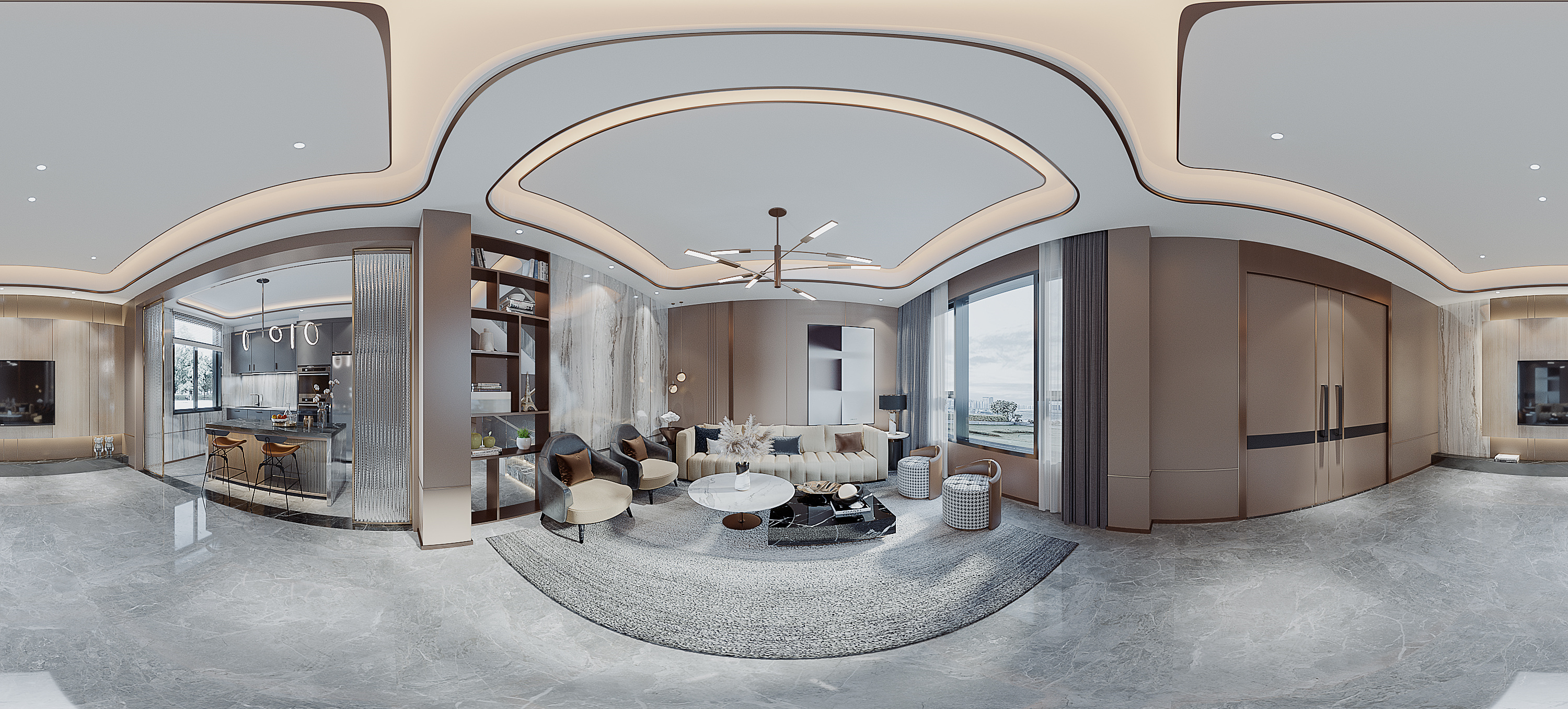
Revolutionizing Visual Exploration with Panorama Image Viewers
Panorama image viewers have transcended their basic function of merely displaying wide - angle images. They've become powerful tools that redefine how we engage with visual content, offering immersive experiences that bring distant places and unique perspectives right to our screens.

Unusual Applications of Panorama Image Viewers
In the world of urban planning, panorama image viewers are being used to simulate future cityscapes. Planners can input panoramic images of existing areas along with digital models of proposed buildings. The viewer then allows stakeholders to virtually walk through the envisioned future city, exploring how new structures will interact with the surrounding environment. This helps in making more informed decisions about infrastructure development, traffic flow, and public space utilization.
For those interested in wildlife conservation, panorama image viewers play a crucial role. High - resolution panoramic images of wildlife habitats can be captured and viewed. With features like "animal tracking overlays," viewers can show the movement patterns of endangered species within the panorama. This not only educates the public about the behavior of these animals but also aids researchers in studying their natural habits without disturbing them in the wild.
Cutting - Edge Features of Modern Panorama Image Viewers
Some advanced panorama image viewers now support real - time collaboration. Multiple users can simultaneously view and interact with a single panorama. For example, a team of photographers working on a project can use this feature to discuss and mark up a panoramic image. They can draw on the image, add notes, and even create virtual "sticky - notes" at specific points in the panorama. This streamlines the creative process and enables seamless communication among team members.
Another remarkable feature is the integration of artificial intelligence (AI) in some viewers. AI can be used to automatically enhance the quality of a panorama. It can detect and correct color imbalances, remove noise, and even fill in small gaps in the image. Additionally, AI - powered object recognition can identify elements within the panorama, providing instant information about what the viewer is looking at. For instance, in a panorama of a historical battlefield, AI can recognize and label important landmarks, troops, or weapons.
Enhancing User Experience with Panorama Image Viewers
To make the most of panorama image viewers, it's essential to optimize the viewing environment. Using a large - screen display, such as a high - resolution monitor or a smart TV, can significantly enhance the immersive experience. For mobile users, viewers with touch - gesture customization are ideal. You can set up the viewer to respond to specific swipes, pinches, or taps in a way that feels most natural to you.
Furthermore, some viewers allow you to save your favorite viewpoints within a panorama. This is great for returning to a particularly interesting part of a large - scale panorama without having to search for it again. By leveraging these features, panorama image viewers can transform your visual exploration into a more personalized and engaging journey.